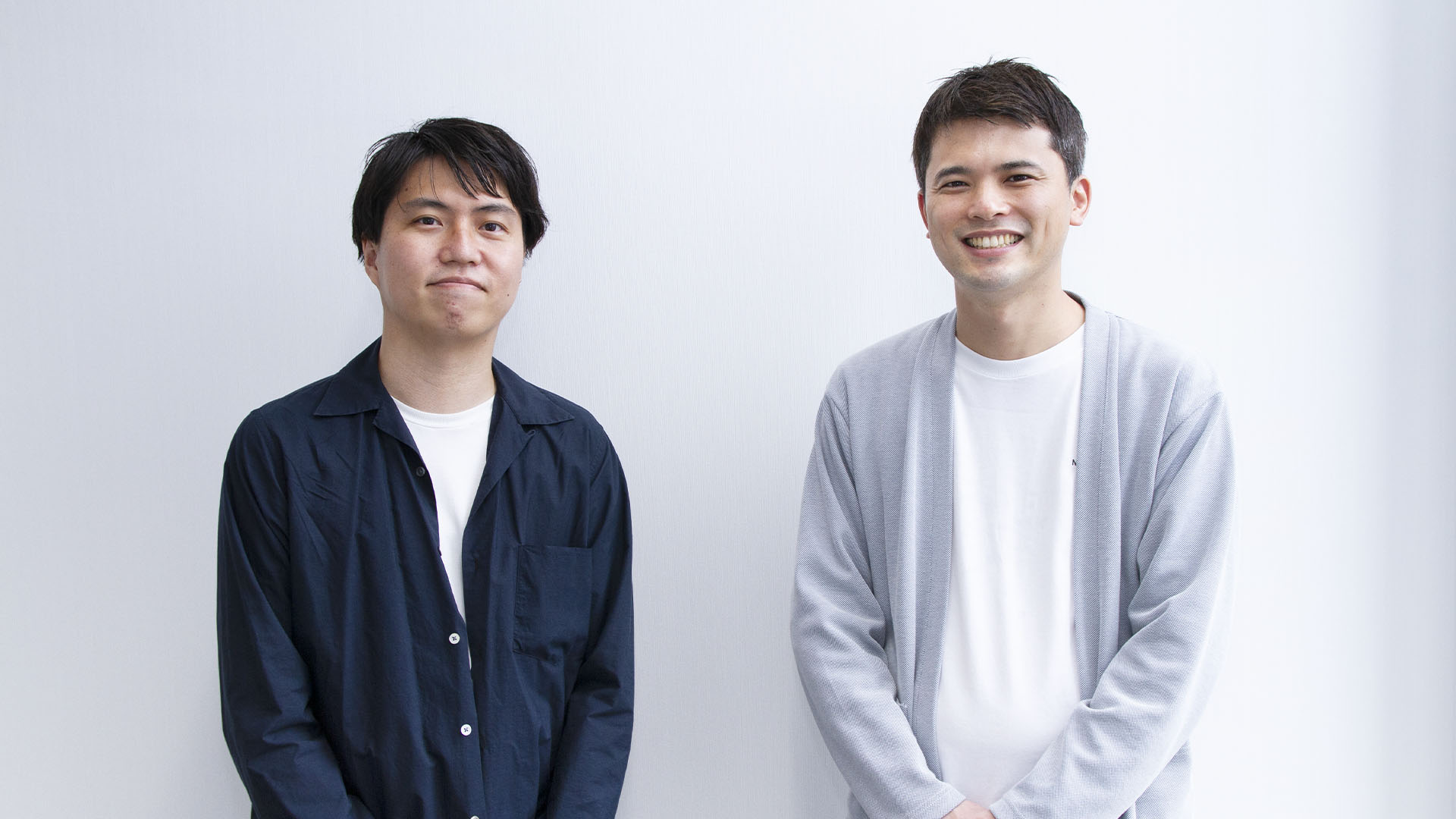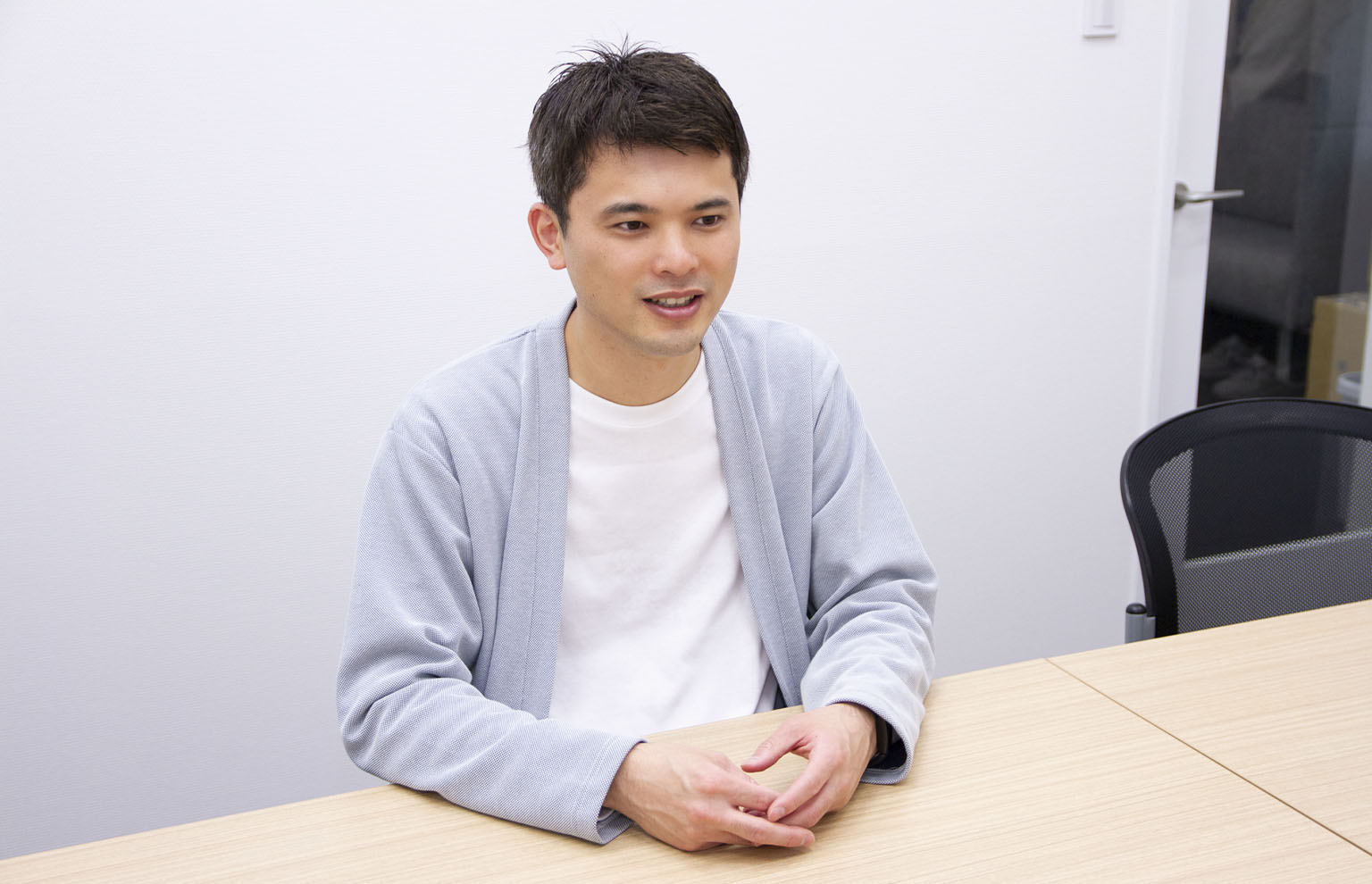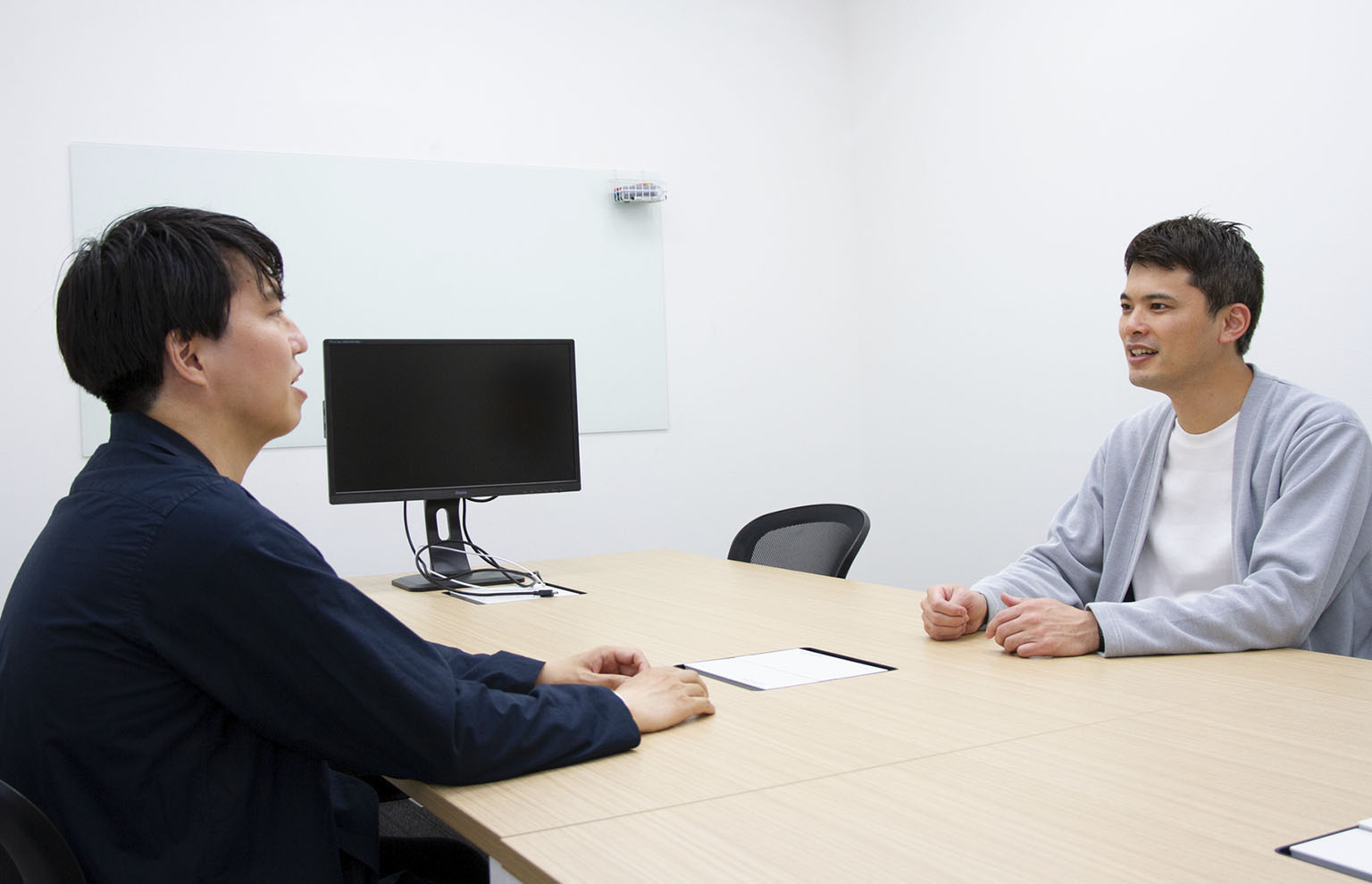Intellectual Property Strategies that Startups Should Consider—How Findy Obtained Patents
IP strategy is important for startups. We asked Findy and Global Brain's IP team about the intellectual property support process and approach for obtaining patents.

Written by the Universe editorial team
How to help startups grow—this is one of the crucial topics for venture capitals and startup funds. Global Brain (GB) has been enhancing its support structure for the past few years to find the answer from various perspectives.
Featured in this article is Findy, a startup that is speeding up its growth by visualizing engineering organizations and engineers’ skills. Its GitHub-based solution for visualizing engineers’ skills has successfully improved the mismatch between employers and candidates through a quantitative approach. The number of companies that have adopted the system has exceeded 750, and the number of registered engineers has surpassed 80,000 (as of April 2022). In addition to recruitment, more than 100 companies have tried out “Findy Teams” that visualizes development productivity within an organization to maximize the performance of engineering organizations.
Since its foundation, Findy has been working on obtaining patents for its services. Not many startups leverage patents in their business strategies. We asked Yuichiro Yamada, CEO of Findy, and Shohei Hirota of GB’s IP team about the reason for obtaining patents, how they obtained them, and the difficulties they experienced. (Questions by the Universe editorial team are in bold letters.)
Yuichiro Yamada: After graduating from the Faculty of Economics at Doshisha University, he worked at Mitsubishi Heavy Industries and Boston Consulting Group. In 2010, he joined RareJob as an operating officer shortly after its foundation, where he was in charge of HR, marketing, business in Brazil, and capital and business alliance with MITSUI & CO., LTD. Later, he founded Findy. His hobby is analyzing job information and developing algorithms.
Shohei Hirota: Joined GB in 2020. He launched the IP team and focuses on IP due diligence operations at the time of investment and IP support operations for portfolio companies.
Not so many startups actually get patents. So, first of all, I would like to ask Yamada-san about why you were working on getting patents from the early stage of your business.
Yamada:Since we were originally a service provider for engineers, we asked company owners with technological expertise to become angel investors.
All of the angel investors insisted that we should apply for patents. As global business leaders, they were aware of the importance of patents and told me to think about it from early on.
Also, we aim to develop algorithm-driven services. Basically, our services including “salary forecast” and “skill score” are based on the approach of having an algorithm first and then attaching a web service to it.
I was aware that patents are crucial to protect and evolve this approach, which is the core part of our business.
If there is a third reason, that would be the fact that I have been familiar with patents since I first started working as a new-grad. When I worked at Mitsubishi Heavy Industries, I was originally in a production planning department under corporate planning and worked closely with the technical planning division. So, I had quite a few opportunities to talk with the people in the technical planning division, and the patent team was also relatively close by.
**I heard that you and your team tried to obtain patents by yourselves at the beginning. Could you tell us more about that? **
Yamada:We decided to apply for a patent for our job offer scoring service, although this service did not result in successful sales. Together with the co-founder, we bought a book on patent rights and submitted the application with the help of a patent firm. However, we were not able to acquire the rights.
We also filed a patent for another service called "skill score.” We applied for a patent for this service later again after Hirota-san started supporting us. We had tried patent applications twice, but it was only after Hirota-san started supporting us that we were able to actually acquire them.

Now, Hirota-san, could you explain the details of Findy’s request and what you did first?
Hirota:They wanted to know how to file new patent applications. It was for the “Findy Teams” service that they were just starting, and not for “skill score.” (The patent was actually obtained in July 2022.) As Yamada-san mentioned, the company had already applied for several patents so I had the impression that they were highly aware of intellectual property. However, I was concerned, from a professional standpoint, about the content of their applications. In that sense, I first thought there was a lot that I could do to help.
I first explained how to apply for a patent for “Findy Teams” that they had requested and also the best we can do for the already-filed application of “skill score.” Through the discussion, I noticed the issue was how to work with an outside patent office.
Could you elaborate a little more on the challenges working with an outside patent office?
Hirota:The first point is whether the patent details are consistent with the actual product. For “skill score,” the patent application did not thoroughly cover its features. The second point is simply whether we can obtain a patent with the application details. This is not an issue with the patent firm, but rather a communication issue between the applicant (startup) and experts concerning whether the information that should have been provided by the applicant (startup) was correctly communicated to the experts.
Since it seemed difficult to obtain a patent for “skill score,” we wondered if we could do something with the surrounding functions. Since a patent application can be filed within one year from the product release, there was a chance that we would be able to apply for it just before the deadline. Another function of “skill score” was to estimate the annual salary of engineers using “skill score,” so we made suggestions to at least cover the annual salary forecast function even if “skill score” cannot be covered.
There are various detailed requirements for a patent to be granted, but one of the most important is how new the technology/idea is, or the “inventive step” in patent terms. Among the various technologies used for a service, we need to identify and verbalize the true feature. When I looked at the application details of “skill score” that had already been filed, I had the impression that the key features were not neatly expressed and would likely be rejected by the examiner. This seemed to be the cause of the communication issue with patent experts.
Yamada-san, what was your impression of Hirota-san and his team?
Yamada: It was very clear that because Hirota-san joined us we were able to obtain the patent. Before, we did not know how to build a relationship with patent offices or what we should communicate to them.
What I often do these days is to itemize the patents we are considering and ask Hirota-san to review them before talking with the patent attorney’s office. By doing so, communication with the patent attorney’s office has been going smoothly.
Hirota-san, taking requirements identification and negotiations with the patent office as examples, what should we consider when preparing for patent applications?
Hirota:From the startup’s perspective, it is important how well you can explain the features and differentiators of your products and services and how new they are. In terms of the structure of a patent, there are three stages: the existing technology, its issues, and the idea as a means of solving the issues.
Based on that basic flow, it’s crucial to organize and explain the characteristics of the means of solving the issue. I think obtaining a patent all comes down to whether or not these characteristics are consistent with product needs and its differentiators.
Yamada:I think it is because Hirota-san understands our products in great detail that he is able to organize the features and points at issue. Feedback is very quick, and we now have a good idea of what to put into text to move things forward.
When communicating with a general patent office, first we had to help them understand the engineering field, including what GitHub is. However, as Hirota-san already has such knowledge, we can start the discussion right away, which is very helpful. He also reviews the patent claims before we hand it to the patent offices, and this is helpful too.
Sometimes I am not sure whether the details in the documents prepared by the patent office are correct or not because they are difficult to understand.

Until Hirota-san started supporting you, was there anyone you could go to for advice before consulting a patent attorney or patent office?
Yamada:No. There are not many people who have expertise in patents at startups. IT companies sometimes introduce advisors to me, but there are not many people I can talk to because there are not many patents obtained by startups in Japan.
I think there are both defensive and offensive aspects in patent acquisition. Yamada-san, could you explain once again the meaning of acquiring patents from the standpoint of a business owner?
Yamada:Sure. To be honest, when we apply for patents, we don’t strictly classify them whether they are defensive or offensive. It may be different in a large company, but our stance is to apply for patents for our core technologies because they are our own ideas, regardless of defense/offense.
We also want to expand our business overseas in the future. Our annual salary forecast service has been launched overseas as “Findy Global.” We are also working on PCT international applications, etc., while learning from others. In view of expanding the business internationally in the future, I believe the defensive aspect will be needed for us to continue our business.
Through the press release, I certainly realized that obtaining patents lead to fostering trust. I received comments from people who saw the press release about our patent acquisition, saying, “You are actually making proper salary forecasts (not just random forecasts).” (laugh)
This is quite a new discovery, showing that our effort to build an annual salary forecast service and other models is recognized by many people based on the fact that we have a patent. It is a new discovery for us that patenting is recognized as a differentiation, and it clearly made me think that we should put more effort into patents.
You mean it is crucial to properly publicize the fact that you have obtained patents.
Yamada:As is the case with “Findy Teams” and our job search service, the target audience of our services is engineers. When we make recommendations to our clients through our “Findy Teams” service, for example, about what indicators to look for, we are often asked if the facts have been academically verified. I think that patents and PR go very well together for services targeting engineers.
Moreover, there are quite a few engineers who have thought about or have applied for a patent at least once, so obtaining a patent makes it easier for them to be interested in our service.
Another thing we found out is that by applying for a patent, we can clarify what kind of algorithm we want to create. PR is similar to service development, and applying for a patent clarifies what kind of algorithm we want to create, which may also lead to future marketing measures.

Hirota-san, what do you think about the importance of publicizing the patent, not just obtaining it?
Hirota:I believe it is essential for startups. Patenting means that it is possible to monetize the patent by exercising the rights, but this is quite difficult for startups. So, there is nothing good in just having a patent.
If a latecomer does not know about the rights and happens to start the same service, it is hard for the startup that already has the rights to exercise them. On the other hand, it would also be strange not to take any action, and I don’t think anyone would be happy in such a situation.
It would be better to declare that you have a patent and prevent latecomers from imitating your business without knowing it. This would be the way that is better suited for startups to leverage their patents.
If both parties can engage in pure competition without infringing each other’s rights, that would be the most healthy state. In that sense, I believe publicizing the patents is essential for startups.
Yamada: In my view, intellectual property tends to be put aside when short-term profit and business growth are prioritized. Moreover, IP is a relatively challenging task, so things will not move forward unless those close to the management team work proactively.
On the other hand, if you are thinking about going global in the future or firmly protecting and making the most of your core technologies, I believe that intellectual property will surely be a strong weapon. As it cannot be acquired retrospectively, you should definitely take it into consideration if you are a tech startup seeking to compete based on some kind of technology. In the near future, there will be no choice but to do so.